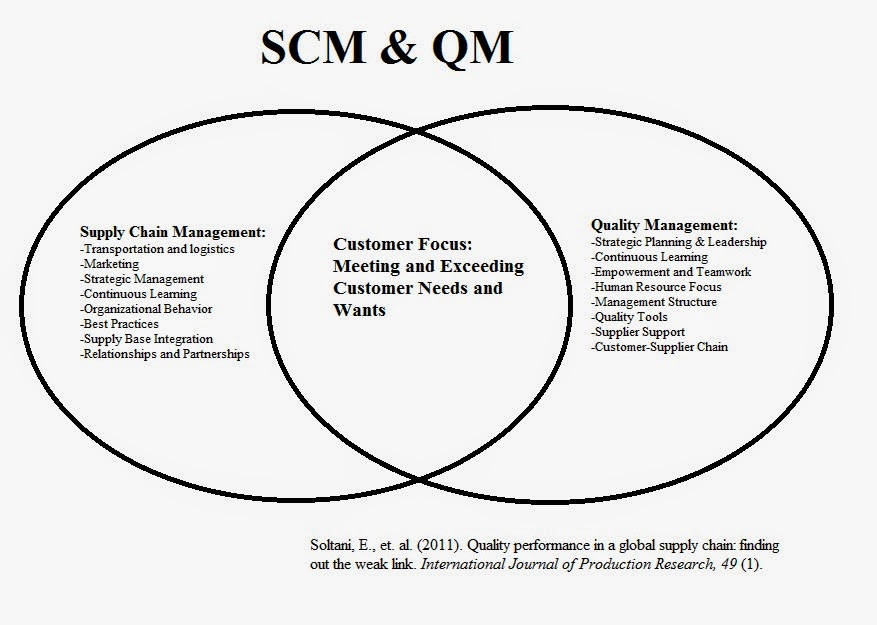Treaties determine what type of
international commercial activity is likely within a country. The design of
these treaties can determine the access to raw materials, investment
opportunities, and export opportunities. Countries like the U.S. can develop
stronger treaties that are more advantageous to an export market while ensuring
that American values are important to partnering countries.
Developing countries are regularly
looking to attract investment. Investment money is used to fuel their
economies, fill government coffers, and create a connection to a larger world.
Because of America’s strong economic position it has the capacity to create
more advantageous treaties (Chikere Azubuike, 2013). The value of these
investments puts the U.S. in a better bargaining position than the other
country(s).
This position of power is not
necessarily a bad thing. When done well it can help the U.S. fuel its economic
hubs for greater development. Such hubs rely on natural resources and
international supplies to fuel new product development and manufacturing.
Ensuring that treaties consider the needs of these Hubs helps create jobs and
encourage higher levels of local economic activity.
As with all negotiations the position
of power often determines the terms and agreements of the two parties. Having
an advantage in negotiation can help ensure that the right pressure points are
being used that determine the outcome of negotiations. That power can help U.S.
located firms obtain the resourced they need to grow and create jobs in the
local economy.
Treaties are not all about economics
and resource obtainment. Treaties can also promote human rights and values
(Choudhury, 2009). In this case, solid treaties can also help ensure that
American values are considered in business dealings. Such legal frameworks help
orientate supplier nations to U.S. interests and perspectives which can further
the spread of fundamental American values.
The development of strong American
treaties that help turn bi-lateral trade agreements into a wider multi-lateral framework
to ensure the anchoring of resources to economic hubs can help foster American
interests. Each supplier nation is provided access to sell supplies to the U.S.
while obtaining investments into the development of those supplies. The end
result is a more efficient and well-developed economic hub that can obtain
resources at a lower cost.
Chikere Azubuike, E. (2013). The
place of treaties in international investment. Annual Survey of International & Comparative Law, 19.
Choudhury, B. (2009). Democratic
implications arising from the intersection of investment arbitration and human
rights. Alberta Law Review, 46 (4).

